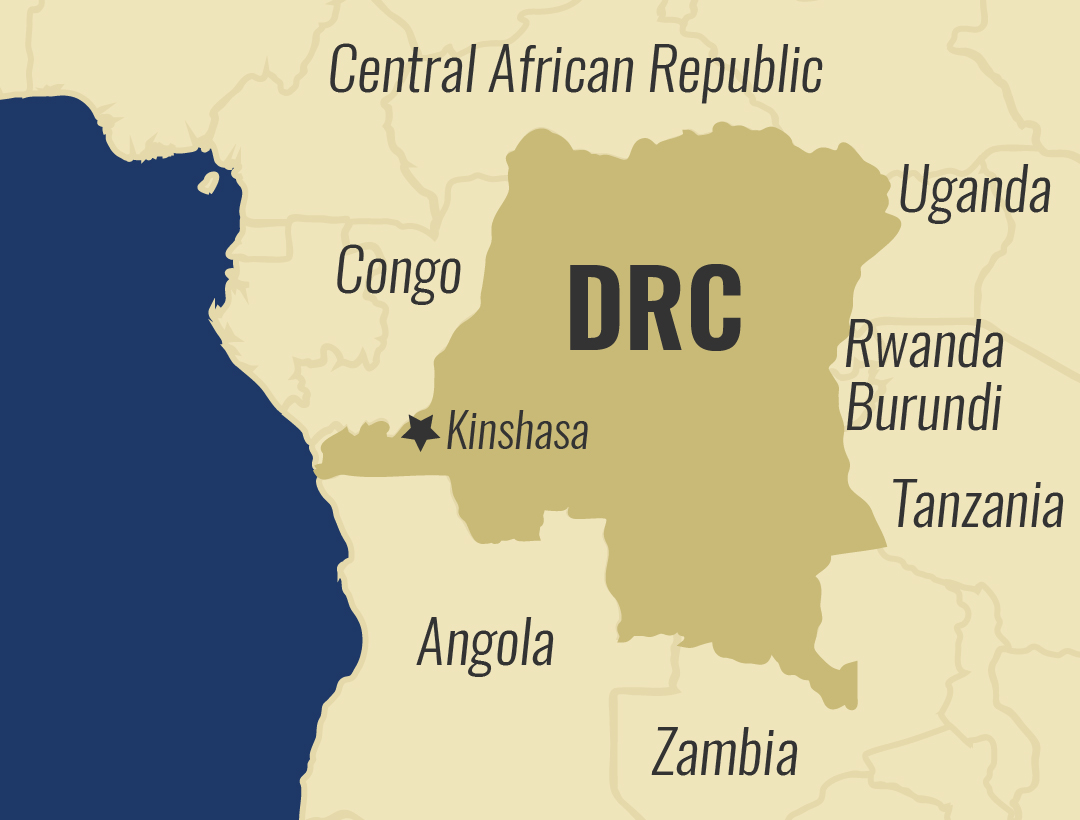Faces of Africa – Wadongo’s Little lamp
Evans Wadongo, one of the top ten CNN heroes in 2010, was nominated for the award for designing a solar lamp which he calls ‘MwangaBora’ (Swahili for Good Light) to address poor education, health and poverty in rural areas. It was his aim to use solar technology as a way to reach out to communities.
Growing up in Mavala, Western Kenya, Wadongo experienced poverty and the strains of using kerosene lamps while studying. The smoke and fumes would lead to respiratory problems, eyesight complications, and even cause fire.

“That is what inspired me to come up with MwangaBora, so that it can help provide light in homes,” said Evans, the Founder of MwangaBora.
The difference the solar rechargeable lamps have made is tremendous. The greatest impact is on education, where students are now able to do their homework and even study at night.
Cedric, a student at a local school in Western Kenya expresses the challenges he would go through when using kerosene lamps while studying.
![lamp1[1]](https://africa.cgtn.com/wp-content/photo-gallery/2017/06/lamp2011-1024x576.jpg)
“You would buy a matchbox and kerosene, and then light the lamp and smoke fills up the room. At times kerosene runs out and since you have no money, you are forced to stay in the dark.”
But now, his grades are a reflection of the effect of the MwangaBora lamp.
“My grades have improved a lot and now I am among the top five in class.”
Evans’ lighting solution goes beyond where he was born and raised. He introduced MwangaBora solar lamps in Northern Kenya, where young boys and girls in the Samburu community are culturally given the responsibility to take care of livestock during the day.
“The first time I visited this area, I felt I had to do something.”
With the MwangaBora lamps, these pastoralist kids are able to learn at night.

The young girls and boys in this community were initially denied a chance to go to school, like Nashaki, who is now a grade 3 student.
Being that she had never stepped foot in a classroom before the introduction of MwangaBora lamps in Maralal, she overlooks the fact that she should be in 12th grade at 15 years old.
“I wanted to go to school to learn new things but my father was against it because there is no one else to take care of the livestock,” Nashaki explains.
While grazing, she leaves her lamp outside, exposing the solar panel to direct sunlight. The rays are then converted into energy, which is stored in the batteries, and can go up to 6 hours.
As soon as Nashaki takes the animals back home in the evening, she picks up her books, the lamp and heads to school.

Despite learning for a few hours at night, the pastoralist students have been excelling.
“I did very well in English and was position 3 out of 94,” she told.
Nashaki maintains her focus and has ambitions of pursuing her journalism dreams.
Many more families have stories to share on how Evans’ lighting solution has changed their lives. And at only 31 years, he has not only influenced school going children, but has also transformed the economic, education and health status in these marginalized societies.
He has been offered opportunities abroad but opts to stay home and empower his community. “It does not make sense to work in New York. I wanted to study, get the knowledge and use it to make a positive impact in the society.”





